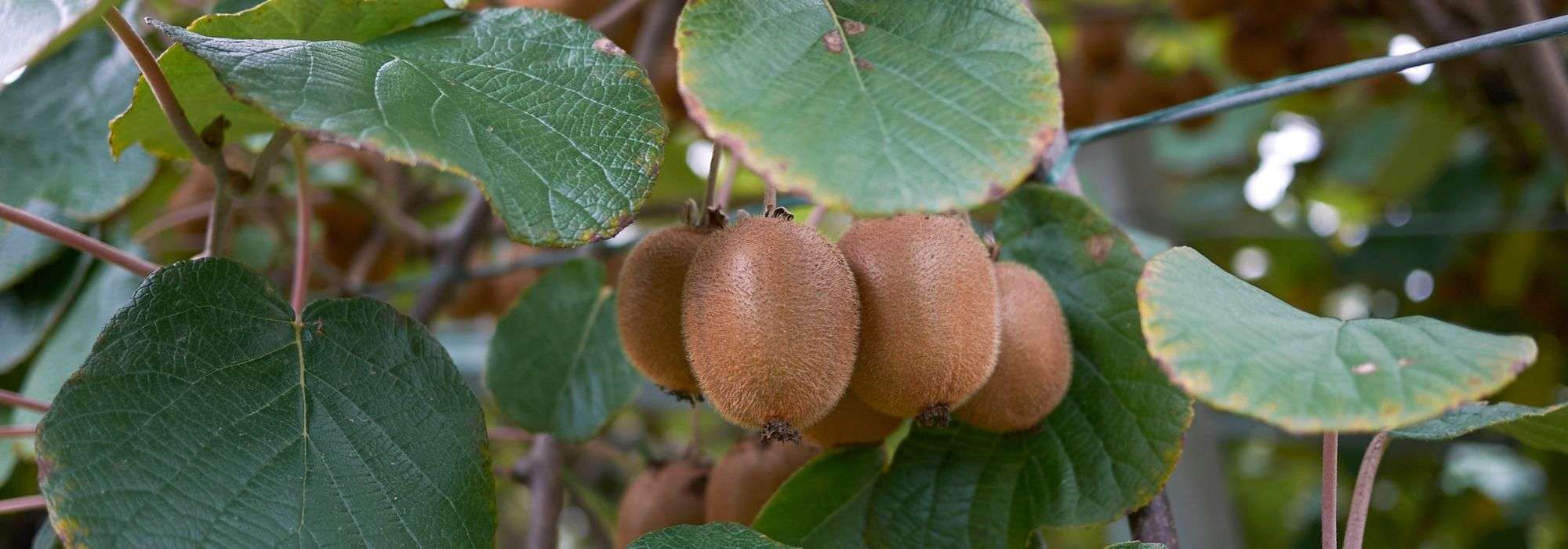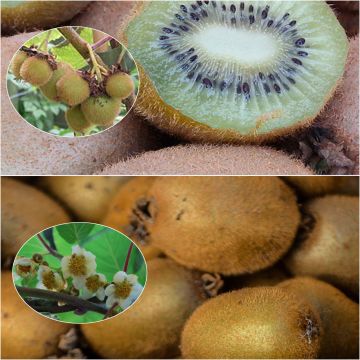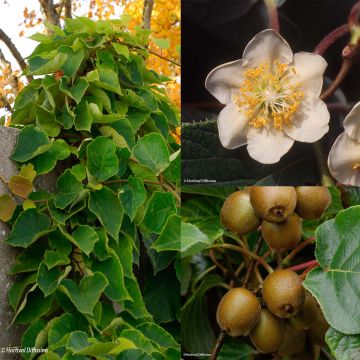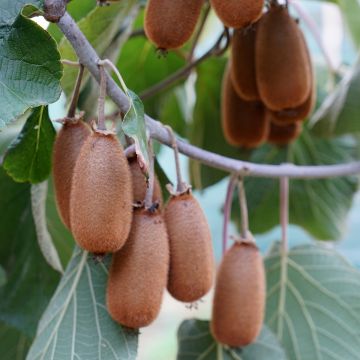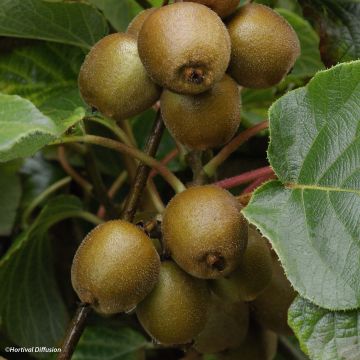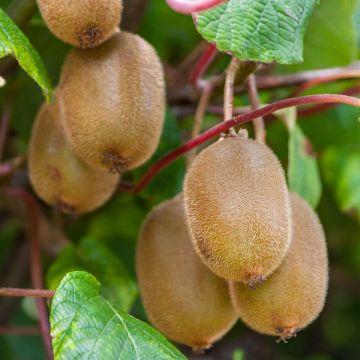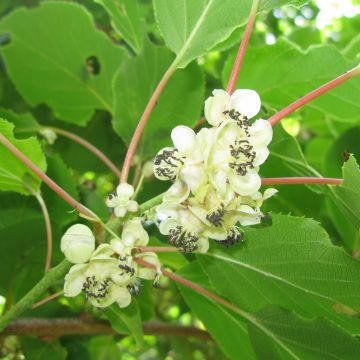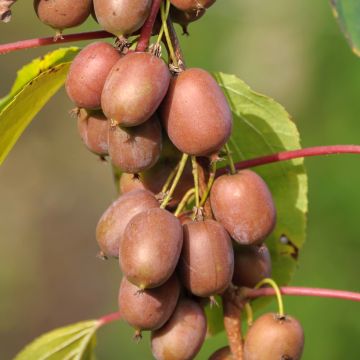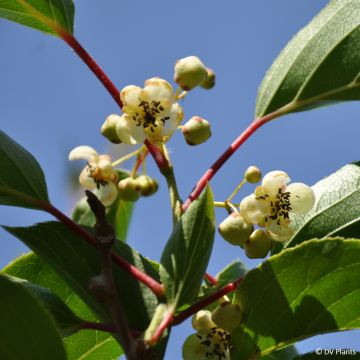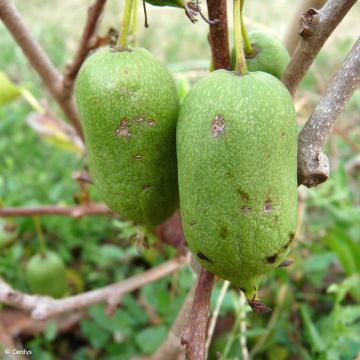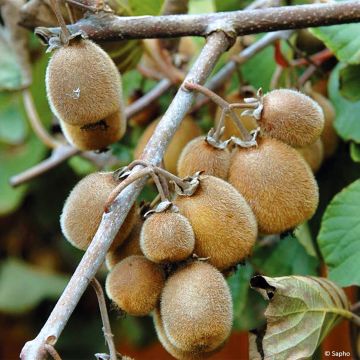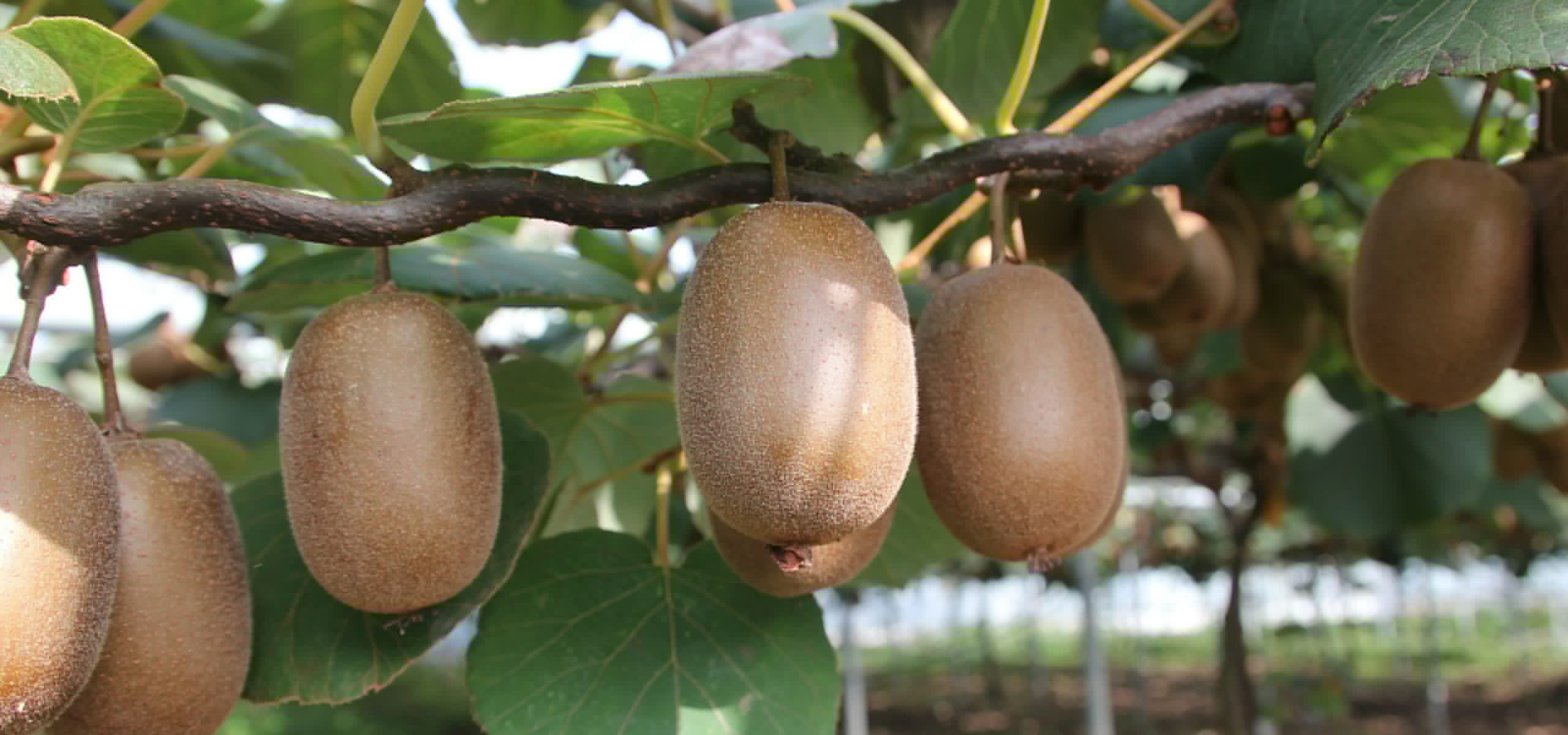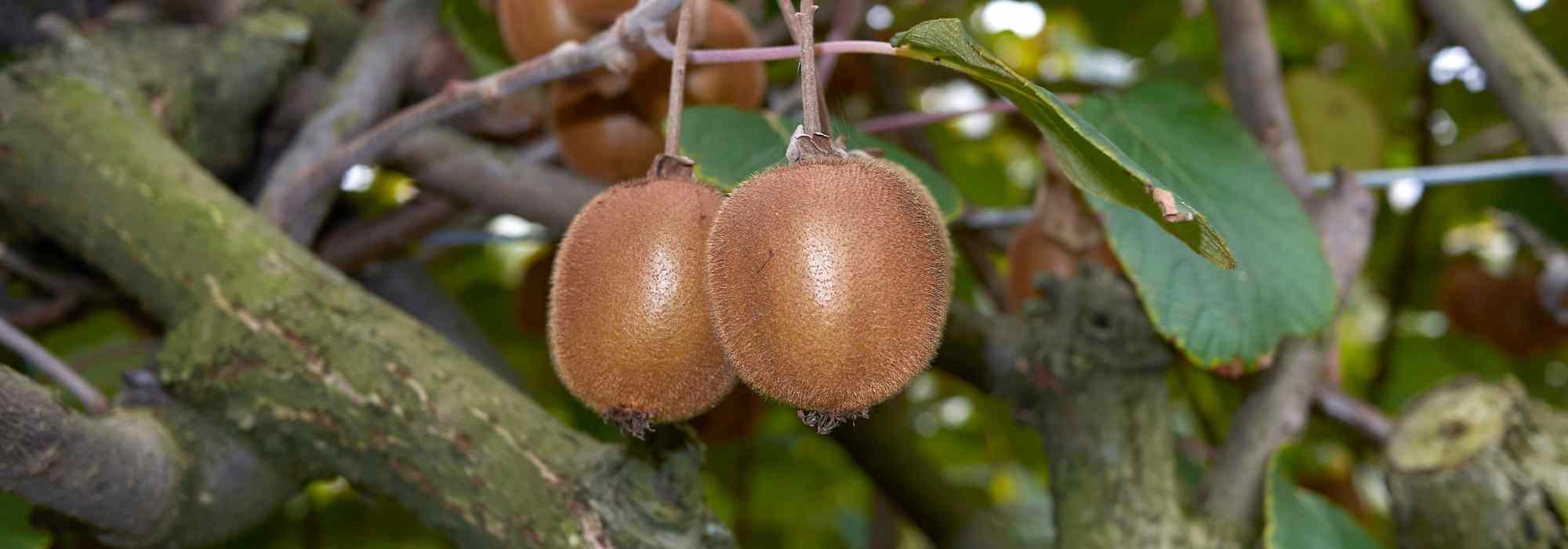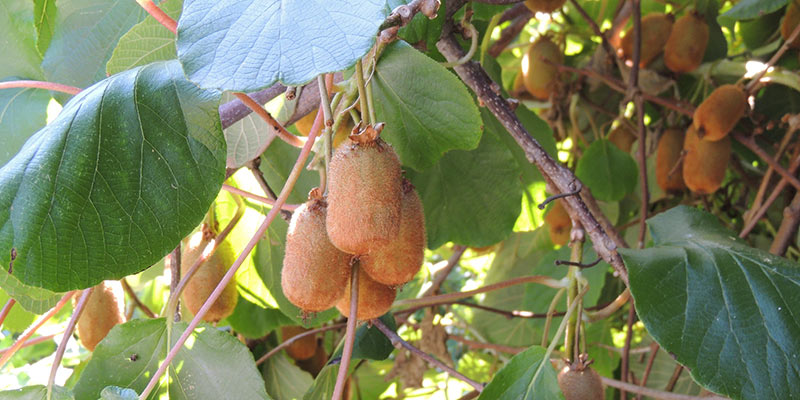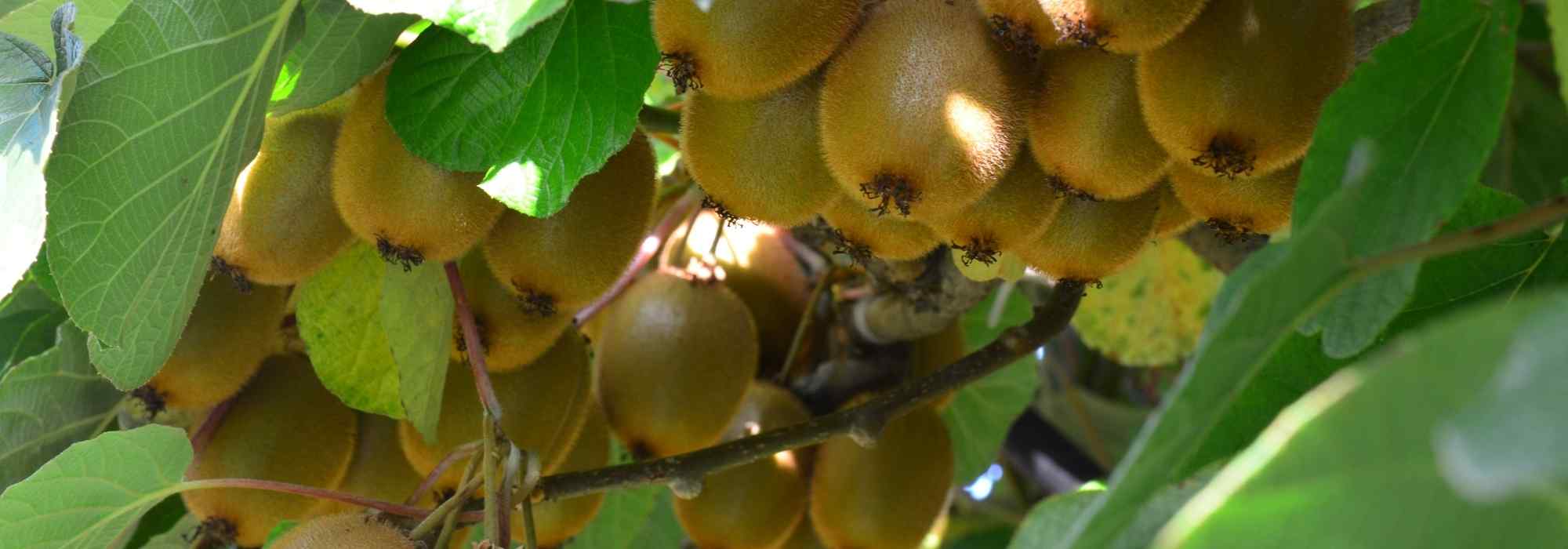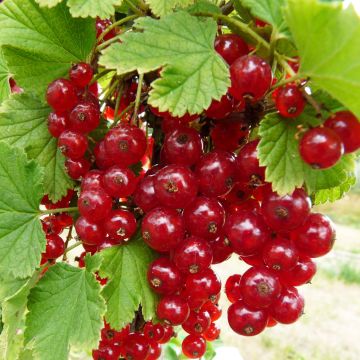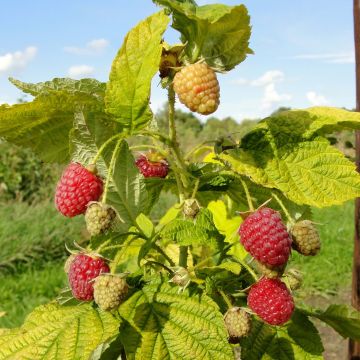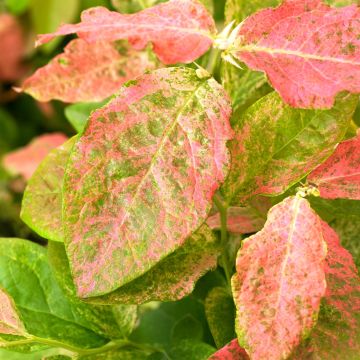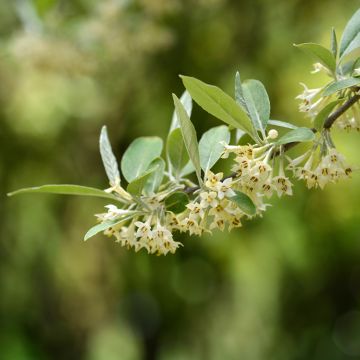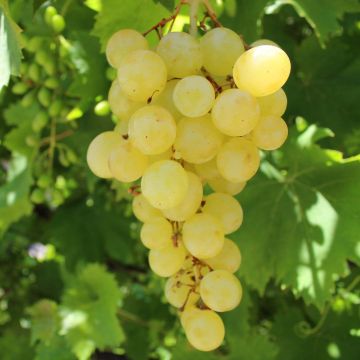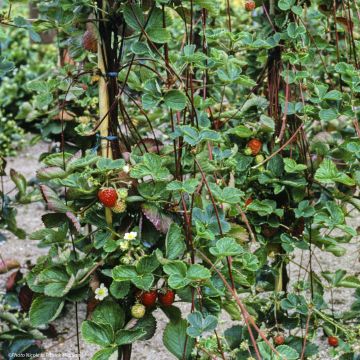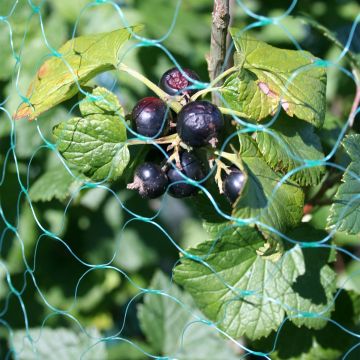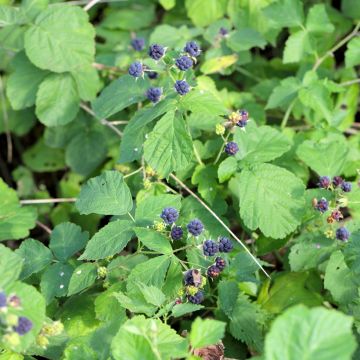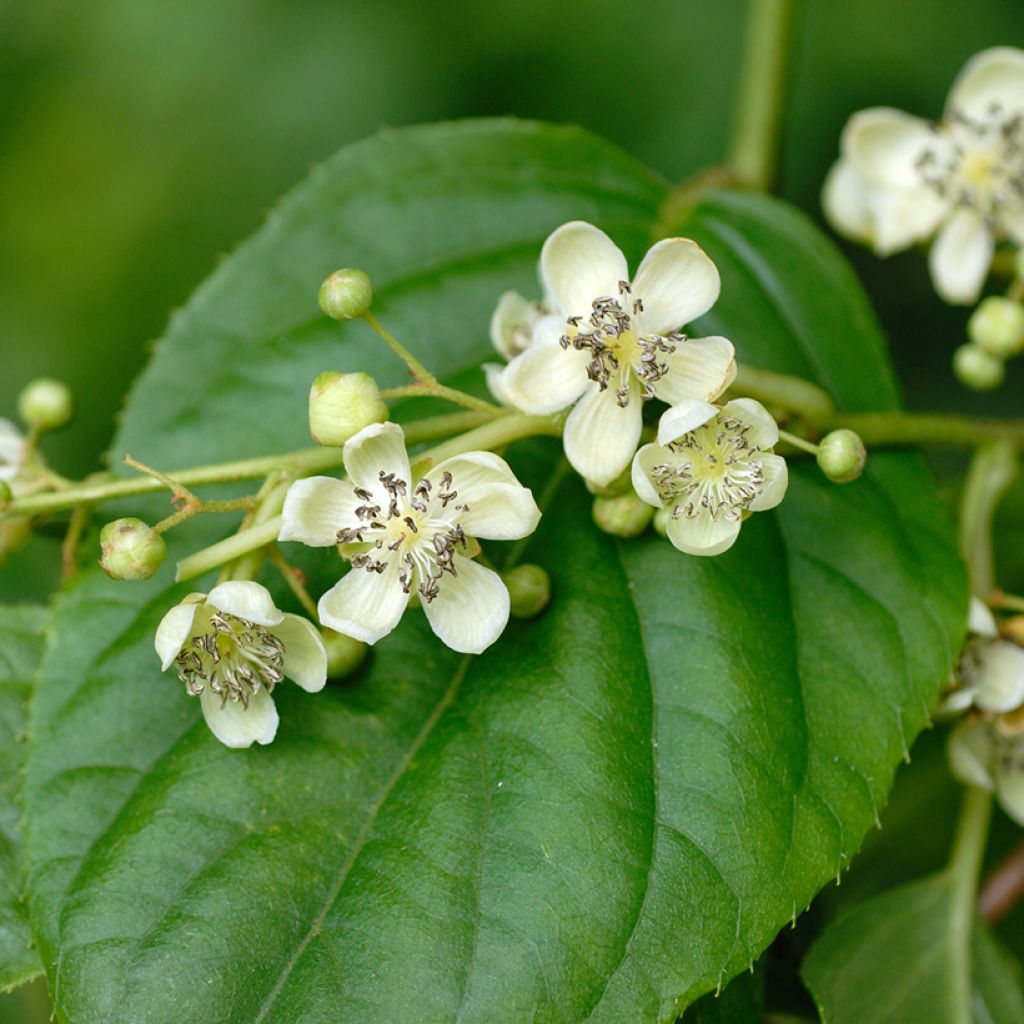

Actinidia arguta Romeo
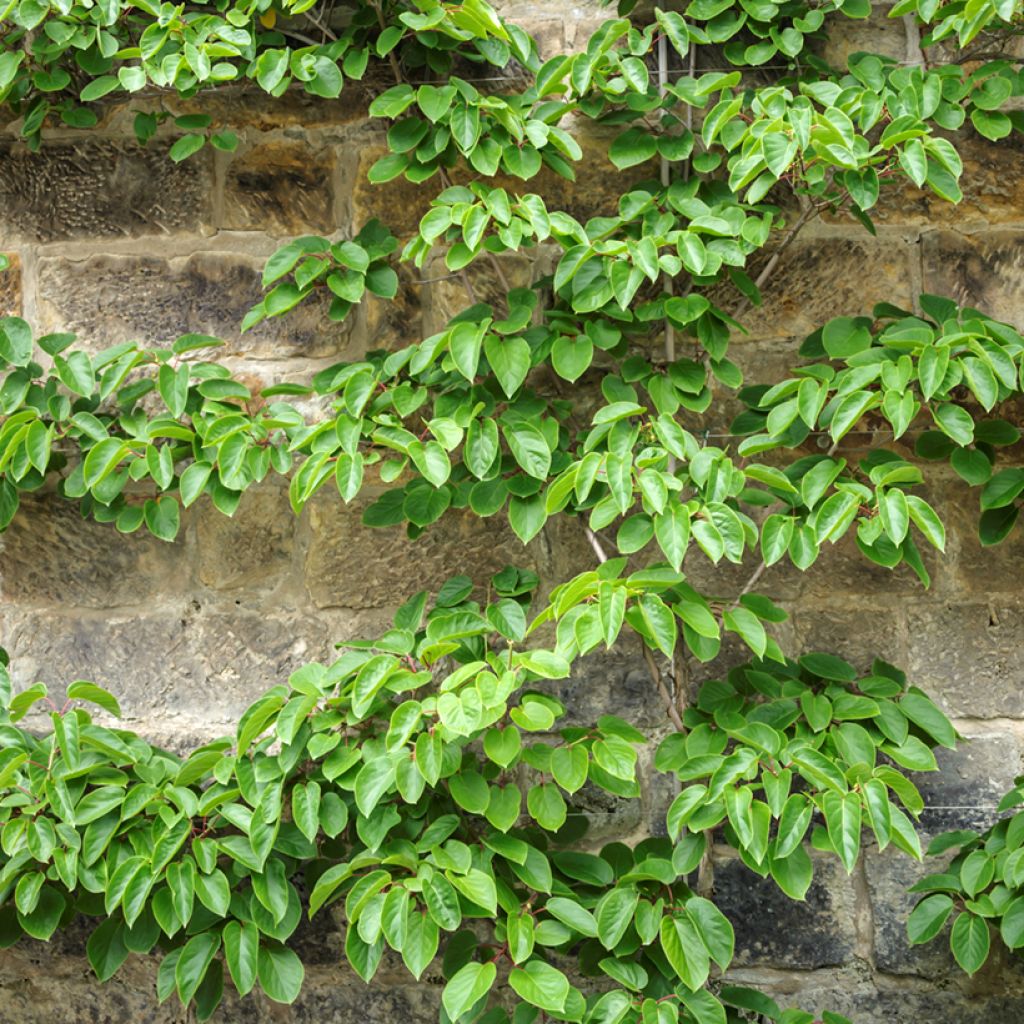

Actinidia arguta Romeo
Actinidia arguta Romeo
Actinidia arguta Romeo
Hardy kiwi, Kiwiberry, Arctic kiwi, Baby kiwi, Dessert kiwi, Grape kiwi, Northern kiwi
Special offer!
Receive a €20 voucher for any order over €90 (excluding delivery costs, credit notes, and plastic-free options)!
1- Add your favorite plants to your cart.
2- Once you have reached €90, confirm your order (you can even choose the delivery date!).
3- As soon as your order is shipped, you will receive an email containing your voucher code, valid for 3 months (90 days).
Your voucher is unique and can only be used once, for any order with a minimum value of €20, excluding delivery costs.
Can be combined with other current offers, non-divisible and non-refundable.
Home or relay delivery (depending on size and destination)
Schedule delivery date,
and select date in basket
This plant carries a 6 months recovery warranty
More information
We guarantee the quality of our plants for a full growing cycle, and will replace at our expense any plant that fails to recover under normal climatic and planting conditions.
Description
'Romeo' is a male selection of Actinidia arguta intended for pollinating female plants. The male plants do not produce fruit, but offer a white, highly fragrant early summer flowering for pollination. Very decorative, this variety forms a vigorous liana that can be trained near one or more female plants along a trellis, arbour, or pergola. Planting is preferably done in autumn, in rich, non-calcareous soil. 'Romeo' is a very good pollination partner for the 'Fresh Jumbo' or 'Julia' varieties.
'Romeo' belongs to the Actinidiaceae family, just like its cousin the kiwi, which is more familiar to us and whose Latin name is Actinidia chinensis or A. deliciosa. Its ancestor, called the Siberian kiwi or summer kiwi, is native to the Far East, from Russia to Taiwan via Japan and China. It is a very vigorous climbing liana, reaching a height of 5 to 6m (16 to 20ft). Its foliage is deciduous and falls in autumn. It is very hardy, able to withstand temperatures down to -20°C (-4°F). The stems bear large heart-shaped leaves, 8 to 10cm (3 to 4in) long, with fine teeth ending in bristles. In early summer (June-July), fragrant and melliferous flowers appear, grouped in threes at the axils of the leaves. They are white-greenish with purple anthers.
For female plants, the flowering is followed by the formation of ovoid berries, smaller than kiwis (2 to 4cm (1 to 2in) in diameter), with smooth and thin skin. Their taste is reminiscent of gooseberries. It is sweeter than the usual kiwi and richer in calcium and vitamin C. The flavour is well suited to modern cuisine, enhances the fragrance of fruit salads, and lends itself to the preparation of sweet-savoury dishes. Please note that this variety is not self-fertile. This is a male plant that will not produce fruit. However, it does allow for the pollination of female plants. Like the kiwi, one male plant can pollinate around 5 to 6 female plants.
The beauty of Actinidia arguta, both in terms of its foliage and its fragrant flowering, means it can also be used for garden ornamentation. The plant will need to be trained on a sturdy support, such as a wall with strong wires, a trellis, an arbour, a tree trunk, or a fence.
Actinidia arguta Romeo in pictures


Plant habit
Flowering
Foliage
Botanical data
Actinidia
arguta
Romeo
Actinidiaceae
Hardy kiwi, Kiwiberry, Arctic kiwi, Baby kiwi, Dessert kiwi, Grape kiwi, Northern kiwi
Blütenwolke
Cultivar or hybrid
Other Kiwi bush
View all →Planting and care
Ideally, plant in autumn, or in spring for regions with cold winters.
Plant in moist, rich, light, well-drained, non-calcareous soil. The plant fears stagnant moisture. Place it in a sunny position sheltered from strong winds. Space the plants 2 to 3m (7 to 10ft) apart. Dig a hole 50cm (20in) in all directions. Spread a layer of gravel in the bottom and then a layer of soil mixed with turf. Lay the root ball at an angle and bring the stems upright along the support. Backfill with the same mixture. Provide support to help its voluble branches climb. Add half a watering can of water. Its trailing roots develop horizontally below the surface of the soil. The soil should remain moist in summer, so it will be useful to mulch the base with a 10 to 15cm (4 to 6in) layer. Mulching is doubly useful as it prevents the germination of adventive plants and prevents the evaporation of water from the surface of the soil, reducing water inputs in summer.
It requires little maintenance. Simply provide regular watering. During periods of high heat, water it 1 to 2 times a week. Once established and rooted, the plant can fend for itself and requires less water. Apply a fertiliser rich in crushed horn at the start of the growing season. A special fruit tree fertiliser will also be very beneficial during the flowering period.
Not very susceptible to insects and pests, Actinidia arguta can, however, be affected by red spider mites in a hot and dry environment. To eliminate them, lightly mist the foliage and the soil.
Planting period
Intended location
Care
Planting & care advice
This item has not been reviewed yet - be the first to leave a review about it.
Similar products
Haven't found what you were looking for?
Hardiness is the lowest winter temperature a plant can endure without suffering serious damage or even dying. However, hardiness is affected by location (a sheltered area, such as a patio), protection (winter cover) and soil type (hardiness is improved by well-drained soil).

Photo Sharing Terms & Conditions
In order to encourage gardeners to interact and share their experiences, Promesse de fleurs offers various media enabling content to be uploaded onto its Site - in particular via the ‘Photo sharing’ module.
The User agrees to refrain from:
- Posting any content that is illegal, prejudicial, insulting, racist, inciteful to hatred, revisionist, contrary to public decency, that infringes on privacy or on the privacy rights of third parties, in particular the publicity rights of persons and goods, intellectual property rights, or the right to privacy.
- Submitting content on behalf of a third party;
- Impersonate the identity of a third party and/or publish any personal information about a third party;
In general, the User undertakes to refrain from any unethical behaviour.
All Content (in particular text, comments, files, images, photos, videos, creative works, etc.), which may be subject to property or intellectual property rights, image or other private rights, shall remain the property of the User, subject to the limited rights granted by the terms of the licence granted by Promesse de fleurs as stated below. Users are at liberty to publish or not to publish such Content on the Site, notably via the ‘Photo Sharing’ facility, and accept that this Content shall be made public and freely accessible, notably on the Internet.
Users further acknowledge, undertake to have ,and guarantee that they hold all necessary rights and permissions to publish such material on the Site, in particular with regard to the legislation in force pertaining to any privacy, property, intellectual property, image, or contractual rights, or rights of any other nature. By publishing such Content on the Site, Users acknowledge accepting full liability as publishers of the Content within the meaning of the law, and grant Promesse de fleurs, free of charge, an inclusive, worldwide licence for the said Content for the entire duration of its publication, including all reproduction, representation, up/downloading, displaying, performing, transmission, and storage rights.
Users also grant permission for their name to be linked to the Content and accept that this link may not always be made available.
By engaging in posting material, Users consent to their Content becoming automatically accessible on the Internet, in particular on other sites and/or blogs and/or web pages of the Promesse de fleurs site, including in particular social pages and the Promesse de fleurs catalogue.
Users may secure the removal of entrusted content free of charge by issuing a simple request via our contact form.
The flowering period indicated on our website applies to countries and regions located in USDA zone 8 (France, the United Kingdom, Ireland, the Netherlands, etc.)
It will vary according to where you live:
- In zones 9 to 10 (Italy, Spain, Greece, etc.), flowering will occur about 2 to 4 weeks earlier.
- In zones 6 to 7 (Germany, Poland, Slovenia, and lower mountainous regions), flowering will be delayed by 2 to 3 weeks.
- In zone 5 (Central Europe, Scandinavia), blooming will be delayed by 3 to 5 weeks.
In temperate climates, pruning of spring-flowering shrubs (forsythia, spireas, etc.) should be done just after flowering.
Pruning of summer-flowering shrubs (Indian Lilac, Perovskia, etc.) can be done in winter or spring.
In cold regions as well as with frost-sensitive plants, avoid pruning too early when severe frosts may still occur.
The planting period indicated on our website applies to countries and regions located in USDA zone 8 (France, United Kingdom, Ireland, Netherlands).
It will vary according to where you live:
- In Mediterranean zones (Marseille, Madrid, Milan, etc.), autumn and winter are the best planting periods.
- In continental zones (Strasbourg, Munich, Vienna, etc.), delay planting by 2 to 3 weeks in spring and bring it forward by 2 to 4 weeks in autumn.
- In mountainous regions (the Alps, Pyrenees, Carpathians, etc.), it is best to plant in late spring (May-June) or late summer (August-September).
The harvesting period indicated on our website applies to countries and regions in USDA zone 8 (France, England, Ireland, the Netherlands).
In colder areas (Scandinavia, Poland, Austria...) fruit and vegetable harvests are likely to be delayed by 3-4 weeks.
In warmer areas (Italy, Spain, Greece, etc.), harvesting will probably take place earlier, depending on weather conditions.
The sowing periods indicated on our website apply to countries and regions within USDA Zone 8 (France, UK, Ireland, Netherlands).
In colder areas (Scandinavia, Poland, Austria...), delay any outdoor sowing by 3-4 weeks, or sow under glass.
In warmer climes (Italy, Spain, Greece, etc.), bring outdoor sowing forward by a few weeks.






























